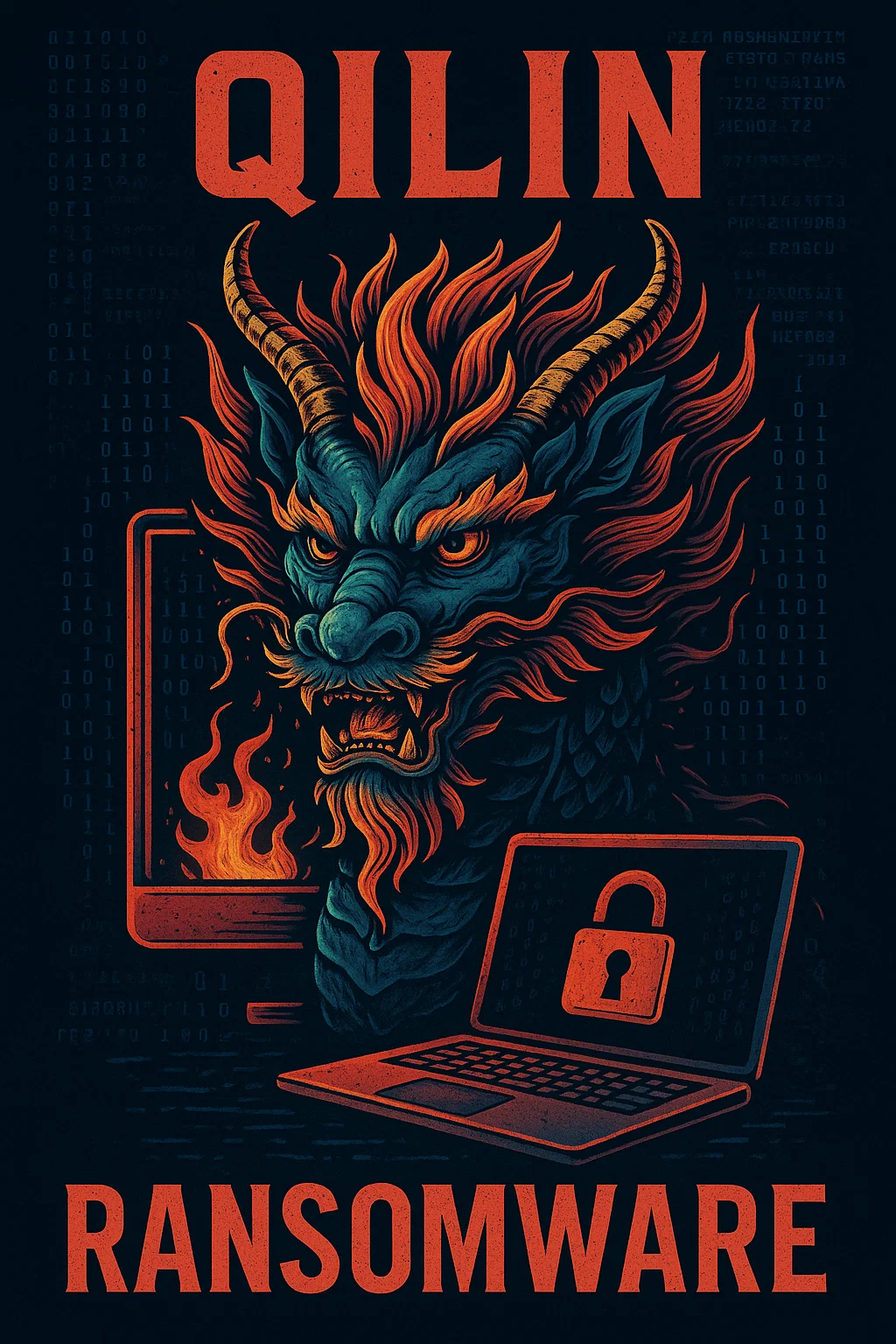4 min to read
Unraveling the XZ Backdoor: A Close Call for Open Source Security
Insight into the Foiled XZ Utils Supply Chain Attack

Silent Alarm: The XZ Backdoor Narrowly Averted
Imagine if one of the most trusted locks in your digital life could be silently picked. That’s the story of the XZ Backdoor—a tale of how the keen eyes of a few safeguarded the many.
🕵️ The Discovery: An Unusual Digital Hiccup
The saga begins with Andres Freund, a Microsoft engineer, whose sharp instincts detected something amiss with SSH performance. His inquiry unveiled the stealthy insertion of a backdoor in XZ Utils—a mainstay in Linux distributions.
🔍 The Plot Thickens: A Multi-Stage Loader
The nefarious code wasn’t just a blip; it was a well-engineered multi-stage loader designed to take over SSH connections. Versions 5.6.0 and 5.6.1 of XZ Utils housed this sleeping spy, waiting for the chance to spring into action.
🤝 The Power of the Pack: Community Vigilance
As the news broke, the open source community mobilized. With a spirit of collaboration, they worked tirelessly through clues and codes, a weekend-long digital defense that highlighted the collective resolve of cybersecurity guardians.
🖼️ The Blueprint Revealed: Visualizing the Backdoor
Thomas Roccia, a cybersecurity artist at Microsoft, crafted a visual infographic detailing the complex web spun by the attackers. His work brought clarity to the chaos, mapping out the threat’s architecture.
👤 The Shadowy Figure: JiaT75
Central to this digital drama was JiaT75, also known as Jia Tan—a contributor whose past benign presence in the open-source community belied the lurking menace they had introduced.
🌐 The Aftermath: Fortifying the Digital Frontier
Post-incident, the open-source world remains on guard. CVE-2024-3094 stands as a stark reminder that in our interconnected digital reality, the line between security and vulnerability is often a community’s watchful gaze.
🚨 Understanding the Severity: CVE-2024-3094
The National Institute of Standards and Technology (NIST) has officially recognized the gravity of this event with a designation: CVE-2024-3094. The details are as chilling as the score is critical.
What the Score Tells Us
The score, a perfect 10, indicates the severity of this issue. For the non-tech savvy, think of it as a weather report forecasting a perfect storm. Here’s what it means:
- AV:N (Attack Vector: Network): The vulnerability could be exploited remotely over a network.
- AC:L (Attack Complexity: Low): It’s not complex for attackers to exploit this vulnerability; it doesn’t require special conditions.
- PR:N (Privileges Required: None): The attacker doesn’t need any special permissions to take advantage of the weakness.
- UI:N (User Interaction: None): No one needs to be tricked into doing something like clicking a link; the attack can happen silently.
- S:C (Scope: Changed): The vulnerability could affect things beyond its own security scope.
- C:H (Confidentiality: High): The attack could result in a complete loss of confidentiality.
- I:H (Integrity: High): There could be a total compromise of system integrity.
- A:H (Availability: High): Expect full disruption to the availability of the system.
In layman’s terms, this vulnerability was the digital equivalent of an open vault in the middle of a city, with a neon sign inviting nefarious actors to come and play.
NIST’s acknowledgement and the critical rating is a sobering reminder of the persistent vigilance required to safeguard the integrity of the digital landscape we all rely on.
For more details on CVE-2024-3094, visit the NVD’s official page.
🛡️ The Countermeasure: Binarly’s Scanner
The latest chapter in this unfolding narrative is Binarly’s response—a dedicated scanner. This tool pierces through the obfuscation, offering a beacon of detection for anyone wary of the backdoor’s presence in their systems.
Head to xz.fail to scan your Linux executables, ensuring they remain uncompromised by this digital specter.
In the end, the XZ Backdoor incident is not just about the flaws found or the patches applied. It’s a testament to the resilience of the open-source ethos and a community unyielded by the shadows that lurk in the vast expanse of our digital society.
References and Further Reading
The XZ Backdoor incident, CVE-2024-3094, is a complex topic with many facets to explore. For those looking to delve deeper into the details or follow the latest developments, the following sources provide extensive coverage and analysis:
-
“The XZ Backdoor: Everything You Need to Know” – Wired’s thorough article on the initial discovery and implications of the backdoor within XZ Utils. Wired Article
-
“What we know about the xz Utils backdoor that almost infected the world” – Ars Technica provides an in-depth look at the attack and the social engineering involved. Ars Technica Article
-
CVE-2024-3094 Detail – The National Vulnerability Database entry detailing the severity and metrics of the vulnerability. NVD CVE Detail
-
“New XZ backdoor scanner detects implant in any Linux binary” – BleepingComputer reports on the innovative scanner developed by Binarly to detect the backdoor in Linux executables. BleepingComputer Article
Each source offers a unique perspective and contributes to a holistic understanding of the incident and its impact on the open-source community and cybersecurity landscape.
Stay informed, stay connected, and above all, stay secure.




Comments